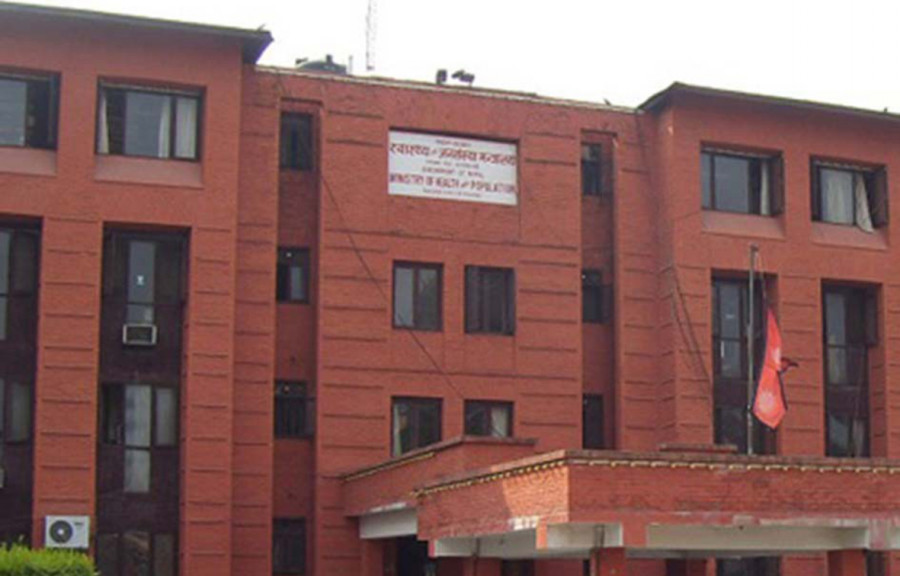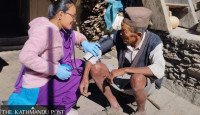Health
Government mulls including private schools in iron and folic acid programme
Studies show 34 percent of adult women aged between 15 and 49 years, and 43 percent of children between six months to 59 months suffer from anaemia in Nepal.
Post Report
In a bid to lessen the high prevalence of anaemia among adolescent girls, the Ministry of Health and Population is considering expanding the iron and folic acid supplementation programme to include private schools as well.
The ministry has been providing the supplements at government schools across the country since 2016. Under the programme female students aged between 10 to 19 years are given one tablet containing both iron and folic acid every other week.
“We are considering extending the iron and folic acid supplementation programme to include private schools as well,” said Lila Bikram Thapa, chief of the nutrition section at the Family Welfare Division under the Department of Health Services. “For that, we have started discussions with the aid agencies concerned.”
Anaemia is a condition in which blood produces low levels of haemoglobin or healthy red blood cells. Iron and other nutritional deficiencies, malaria, infection with hookworm, chronic infections, and genetic conditions, including sickle cell diseases are among the reasons for anaemia.
Nepal Demographic and Health Survey-2022 conducted by the ministry shows that 43 percent of the children aged between six to 59 months have been found to be anaemic– 25 percent mildly anaemic, 18 percent moderately anaemic and one percent severely anaemic.
The prevalence of anaemia in children aged between six to 59 months has decreased from 53 percent in 2016 to 43 percent in 2022. However, the trend has not been consistently downward. In 2006, 48 percent of children were found to be anaemic.
Prevalence of anaemia in the above-mentioned age group was found to be high—50.6 percent in the Madhesh Province, followed by 48.9 percent in Lumbini, 45.4 percent in Sudurpaschim, 42.5 percent in Bagmati, 39.8 percent in Karnali, 33.9 percent in Koshi and 30.7 percent in Gandaki Province.
The study was carried out on 2,504 children aged between six months and 59 months.
Doctors say anaemia in adults can cause fatigue, lethargy, reduced physical productivity, and poor work performance. It is a major concern among pregnant women, as problems can lead to increased maternal mortality rates and poor birth outcomes.
The study was also carried out on 7,403 women between 15 and 49 years old. It showed 34 percent of the women were anaemic– 19 percent mildly anaemic, 15 percent moderately anaemic and one percent severely anaemic.
Women living in the Tarai region are more likely to be anaemic (45 percent) than those living in the hills (20 percent) and in the mountainous regions (23 percent). More than half the women (52 percent) are anaemic in the Madhesh Province.
In the 1990s, 75 percent of pregnant women in Nepal were found to be suffering from anaemia.
Anaemia during pregnancy increases the risk of foetal growth retardation and low birth weight, premature delivery, increased perinatal mortality, and reduced resistance to infection for both mother and baby.
Thapa said anaemia is a serious concern for children as it can impair their cognitive development and can have long-term health and economic implications for society.
“Financial cost of the programme is negligible, compared to its larger benefits,” said Thapa.
Meanwhile, the Health Ministry said that it has been working to celebrate the ‘nutrition week’ from May 15 to 22 in government schools across the country. Under the programme, discussions will be held on the importance of hygienic behaviour, nutritious food as well as the negative effects of junk food on health.




 12.12°C Kathmandu
12.12°C Kathmandu













